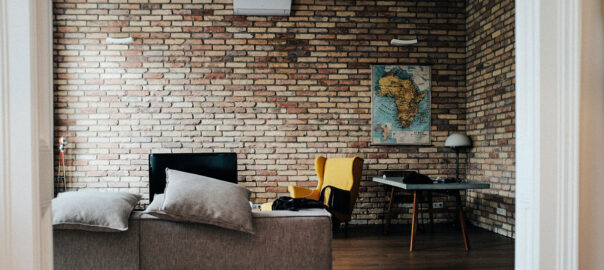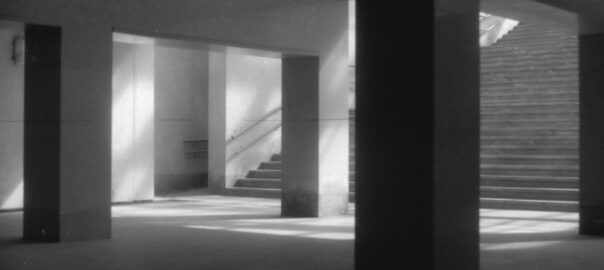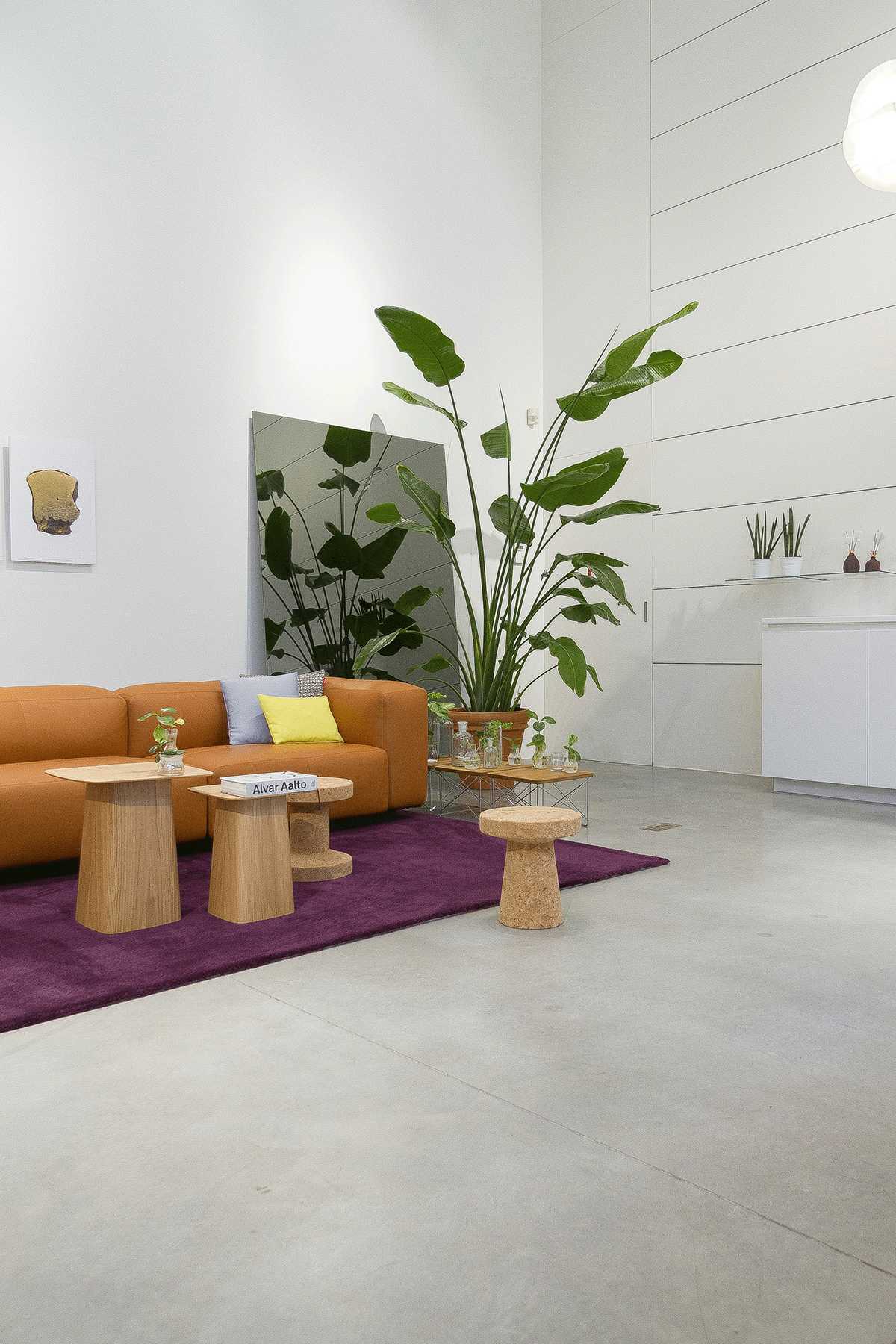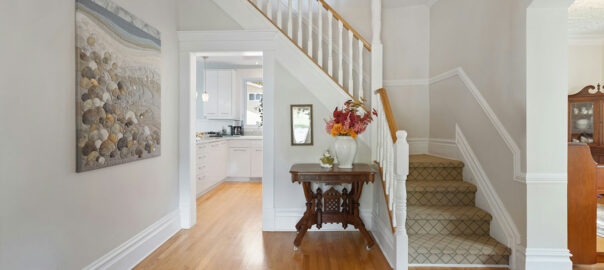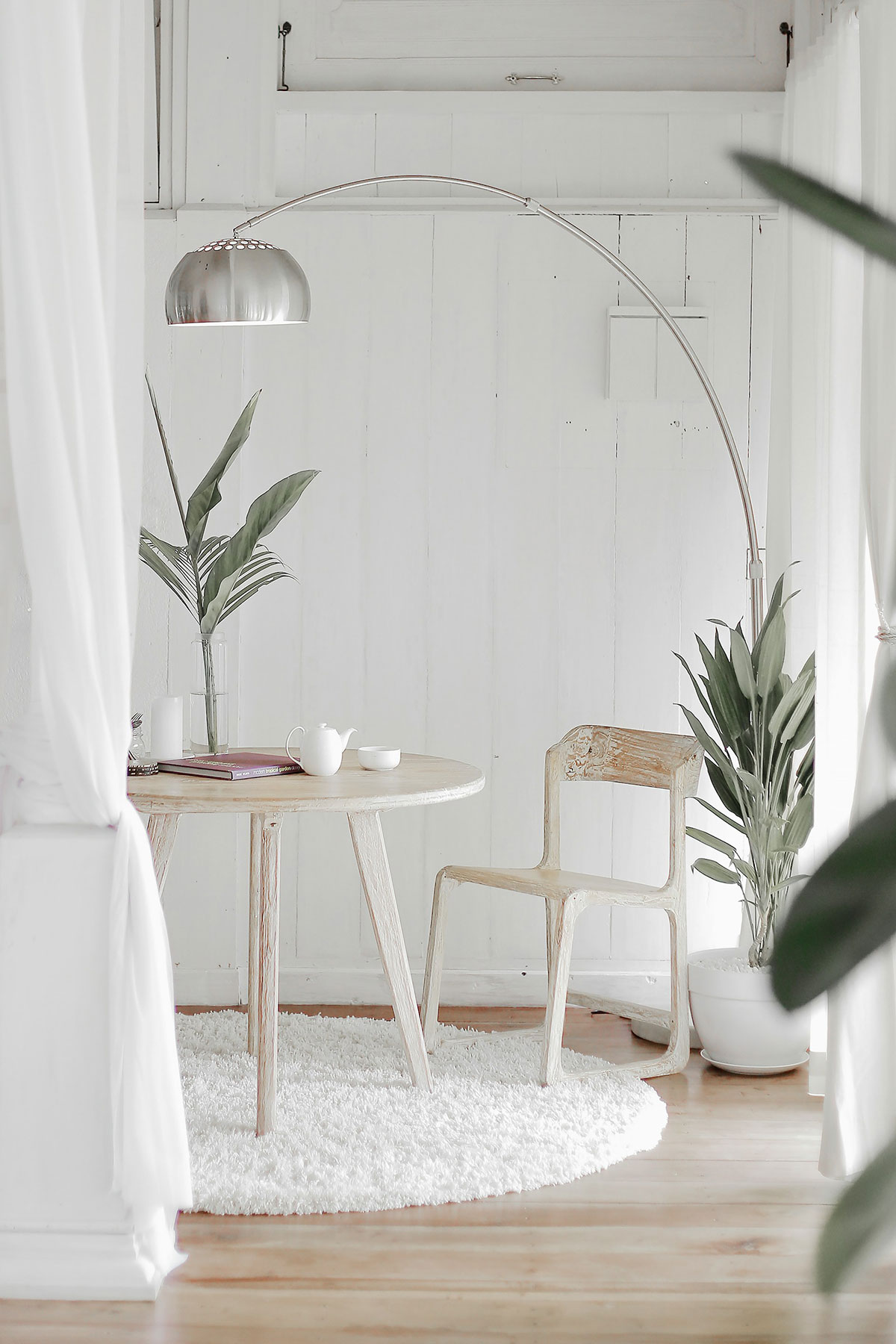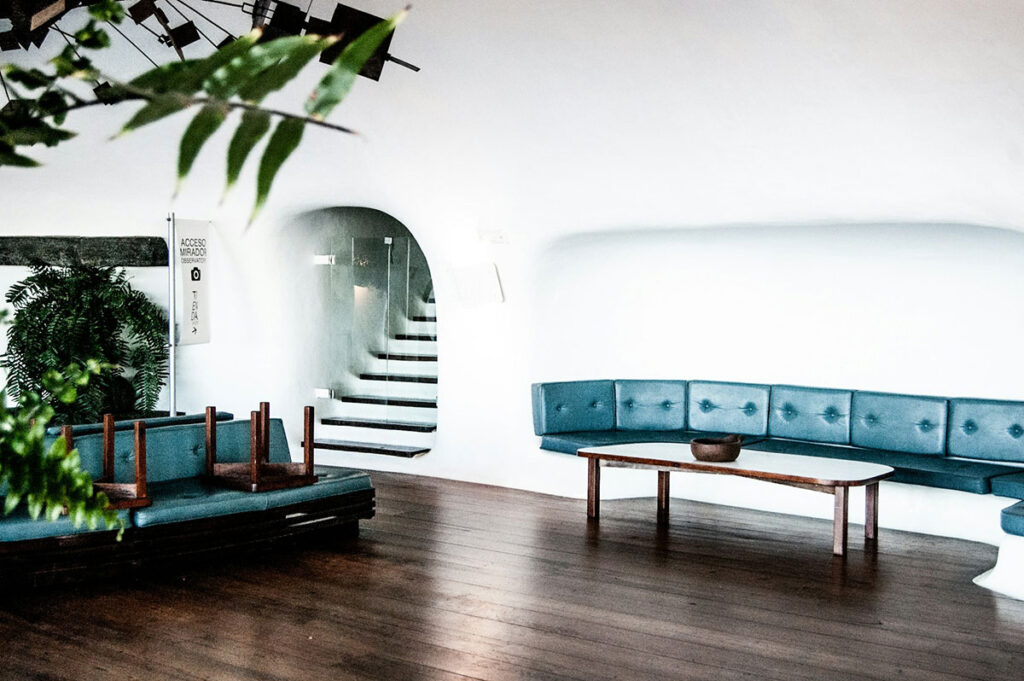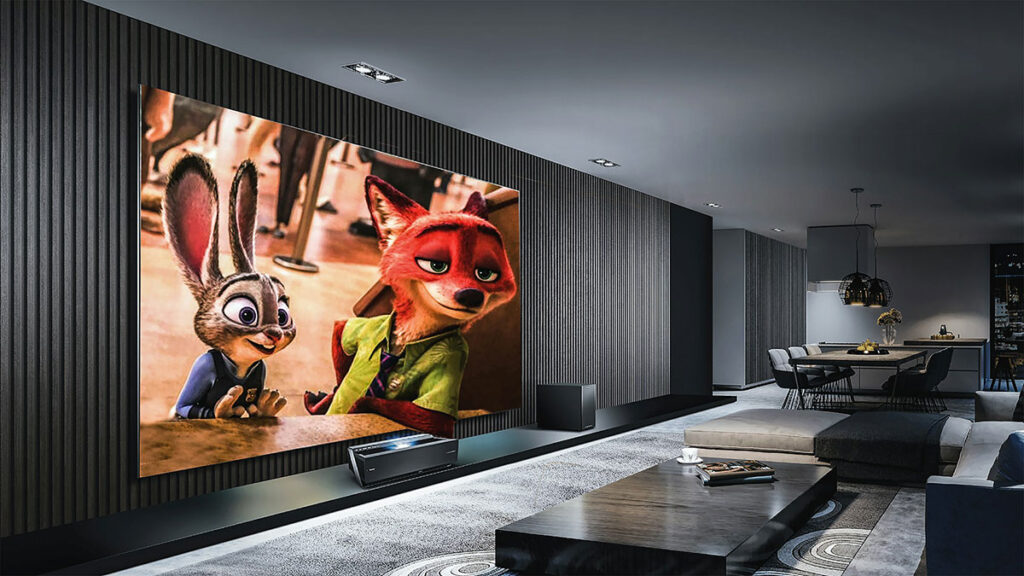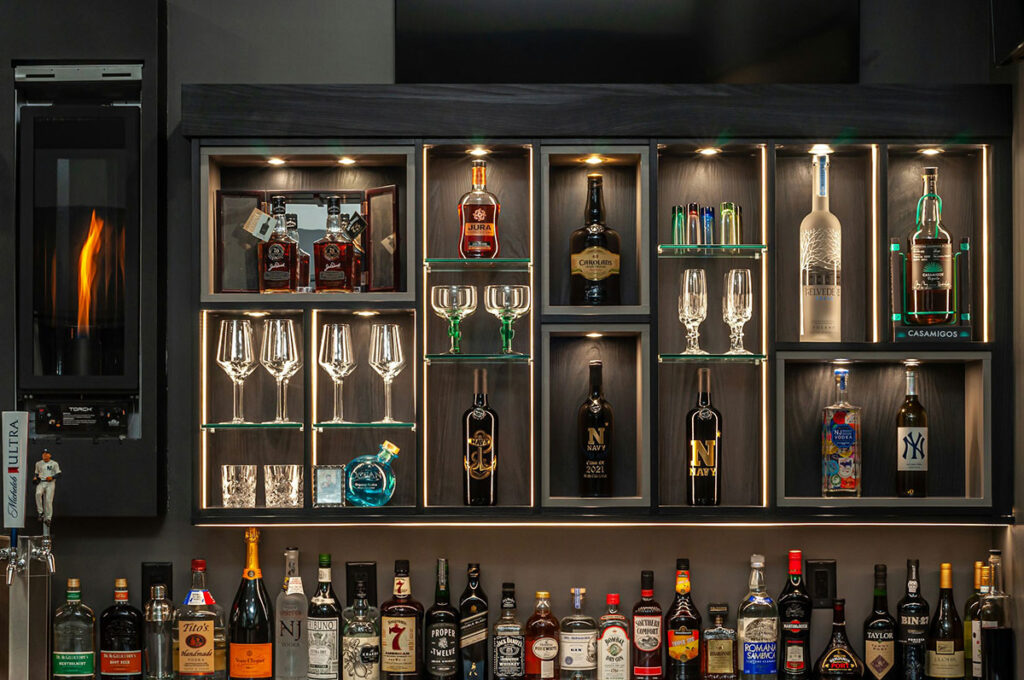Ah, Denver. Known for its majestic Rocky Mountains, its mile-high altitude, and… its basements? Yep, you read that right. In the bustling and ever-evolving landscape of home improvement, Denver’s basement design and finishing scene is turning heads and transforming subterranean spaces into anything but afterthoughts. Welcome to the underground revolution, where your basement goes from a dark, forgotten pit to the crown jewel of your home.
Why Basements?
First things first, why are basements such a big deal in Denver? Well, for one, Denverites love their space. And not just any space—functional, versatile, and stylish space. With the city’s unpredictable weather (hello, snow in May!), having a cozy, multi-purpose indoor area is more than a luxury; it’s a necessity. Plus, basements offer the perfect opportunity to get creative without the constraints of your home’s original layout. It’s like getting a blank canvas where you can paint your wildest dreams without worrying about, you know, walls already being in the way.
The Basement Renaissance
Gone are the days when basements were merely a dumping ground for holiday decorations and that treadmill you swear you’ll use someday. The basement renaissance is upon us, and Denver is at the forefront. Here’s how the Mile-High City is revolutionizing the way we think about our underground spaces.
From Damp and Dingy to Chic and Cheery
Let’s face it, basements have a bit of a bad rep. The words “basement” and “luxury” rarely appeared in the same sentence—until now. Denver’s design maestros are turning these neglected nooks into must-see showpieces. Say goodbye to spiderwebs and musty smells, and hello to polished floors, ambient lighting, and cutting-edge technology. It’s like HGTV meets The Matrix, but without the creepy agents.
The Multipurpose Marvels
In Denver, the basement is no longer a one-trick pony. Today’s basements are multifunctional marvels. Need a home office? Check. Want a killer home theater? Done. Dreaming of a personal gym? Easy peasy. Wine cellar, game room, guest suite? The only limit is your imagination (and maybe your budget, but let’s not get bogged down with details).
The Art of Basement Design
Transforming a basement from drab to fab is an art form, and Denver’s designers are the Picassos of this underground world. Here’s a closer look at what goes into crafting the perfect basement space.
The Layout: Planning Your Underground Paradise
Before you start knocking down walls (or, more accurately, supporting beams), you need a plan. A good layout is the backbone of any successful basement renovation. Denver’s top designers approach this task with the precision of a Swiss watchmaker and the creativity of a mad scientist. They’ll assess your space, listen to your needs, and then concoct a design that maximizes functionality while oozing style.
Lighting: Let There Be Light (But Not the Creepy Flickering Kind)
Basements are notorious for their lack of natural light, which can make them feel more like a dungeon than a den. Enter the lighting experts. From recessed lighting to sleek sconces and strategically placed lamps, Denver’s designers know how to illuminate your space in all the right ways. And for those who crave a touch of the outdoors, there’s always the option of installing egress windows—because nothing says “welcome” like actual daylight.
Flooring: More Than Just a Surface
Choosing the right flooring for your basement is crucial. It’s not just about aesthetics; it’s about functionality and durability. Denver’s basement aficionados are big on materials that can withstand the test of time—and the occasional basement flood. Think luxury vinyl plank (LVP), engineered hardwood, or polished concrete. And for that added touch of comfort and warmth, area rugs are your new best friends.
Climate Control: Keeping It Just Right
Denver’s fluctuating climate can wreak havoc on an unprepared basement. Too cold in the winter, too humid in the summer—sounds like a recipe for disaster. That’s why a solid climate control system is a must. From radiant floor heating to state-of-the-art dehumidifiers, Denver’s basement experts ensure your space stays comfortable year-round. It’s like Goldilocks, but for basements: not too hot, not too cold—just right.
The Finishing Touches: Where Style Meets Function
Once the heavy lifting is done, it’s time for the fun part: the finishing touches. This is where your basement really comes to life, reflecting your personal style and transforming into a space that’s uniquely yours.
Furniture: Form Meets Function
When it comes to basement furniture, Denver’s designers strike the perfect balance between form and function. Whether it’s a plush sectional for your home theater, sleek desks for your office space, or stylish storage solutions that hide the clutter while looking fabulous, the right furniture can make or break your basement’s vibe.
Décor: It’s All in the Details
Décor is the icing on your basement cake. It’s what takes your space from “pretty cool” to “absolutely stunning.” Think bold artwork, cozy textiles, chic lighting fixtures, and personal touches that make the space feel like home. Denver’s designers are masters of mixing textures, colors, and styles to create a cohesive look that’s both stylish and inviting.
Tech Integration: The Future Is Now
In today’s digital age, a basement isn’t complete without a touch of tech. From smart home systems that control lighting and climate to high-end audio-visual setups for the ultimate home theater experience, Denver’s tech-savvy designers ensure your basement is as cutting-edge as it is comfortable. It’s like living in a sci-fi movie, but with more popcorn and fewer existential crises.
The Denver Basement Showcase: Real-Life Transformations
To truly appreciate the magic of Denver’s basement design scene, let’s take a peek at some real-life transformations that are sure to inspire your own basement dreams.
The Urban Oasis
Picture this: a modern, urban oasis right in the heart of Denver. This basement transformation features sleek, minimalist design with an open floor plan. The home theater area boasts a massive screen and plush seating, perfect for movie nights. The adjacent bar area, complete with a wine fridge and custom cabinetry, makes entertaining a breeze. And let’s not forget the spa-like bathroom with a walk-in shower and heated floors—because who says basements can’t be luxurious?
The Family Fun Zone
For those with kids, a family-friendly basement is a game-changer. This basement makeover includes a spacious playroom with plenty of storage for toys, a cozy reading nook with built-in bookshelves, and a game room complete with a ping-pong table and arcade games. The best part? A designated homework station that’s both functional and stylish, proving that basements can be both fun and practical.
The Personal Gym
Why pay for a gym membership when you can have a personal gym right in your basement? This transformation features state-of-the-art exercise equipment, rubber flooring, and mirrored walls to make the space feel larger and brighter. There’s even a sauna and a juice bar for post-workout relaxation. It’s like having a luxury fitness club in the comfort of your own home—minus the sweaty strangers.
DIY vs. Professional Help: The Eternal Debate
Now, you might be thinking, “Can I tackle my basement renovation on my own?” The short answer is, “Sure, if you’re into stress and minor disasters.” While a DIY approach can be rewarding, it’s not for the faint of heart. Basement renovations are complex projects that often require professional expertise. From ensuring proper insulation and waterproofing to navigating building codes and permits, a pro can save you time, money, and countless headaches.
Embrace the Basement Renaissance
In the world of home design, basements are no longer the underdogs. Thanks to Denver’s innovative designers and forward-thinking homeowners, these once-overlooked spaces are being transformed into functional, stylish, and downright fabulous areas. Whether you’re dreaming of a home theater, a personal gym, or a family fun zone, the possibilities for your basement are endless.
So, next time you’re looking at your dark, unfinished basement with a hint of dread, remember this: you’re sitting on a goldmine of potential. With the right vision and a little help from Denver’s basement design experts, you can create a space that’s not just an extension of your home, but the star of the show.
Embrace the basement renaissance, and let your creativity soar. Because in Denver, the sky might be the limit—but the real magic happens underground.

